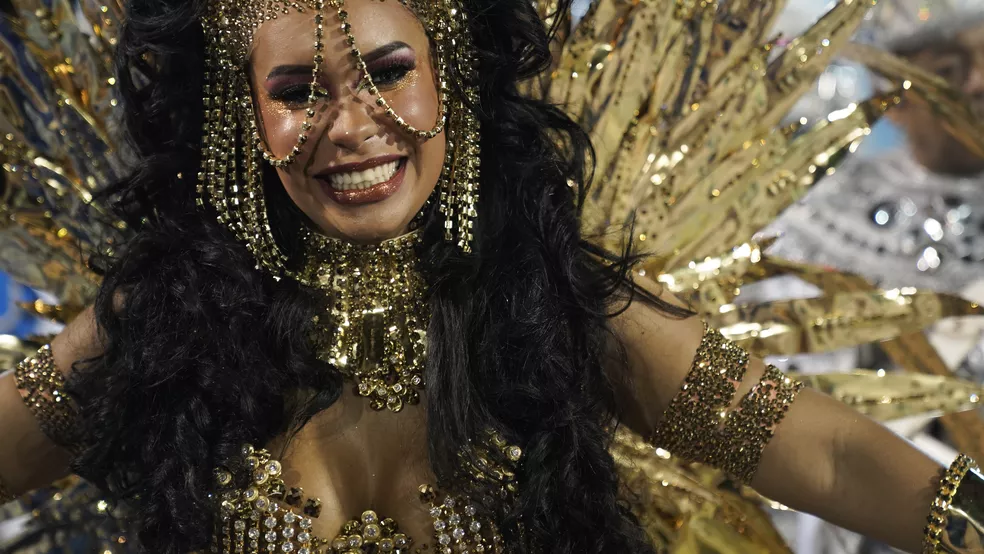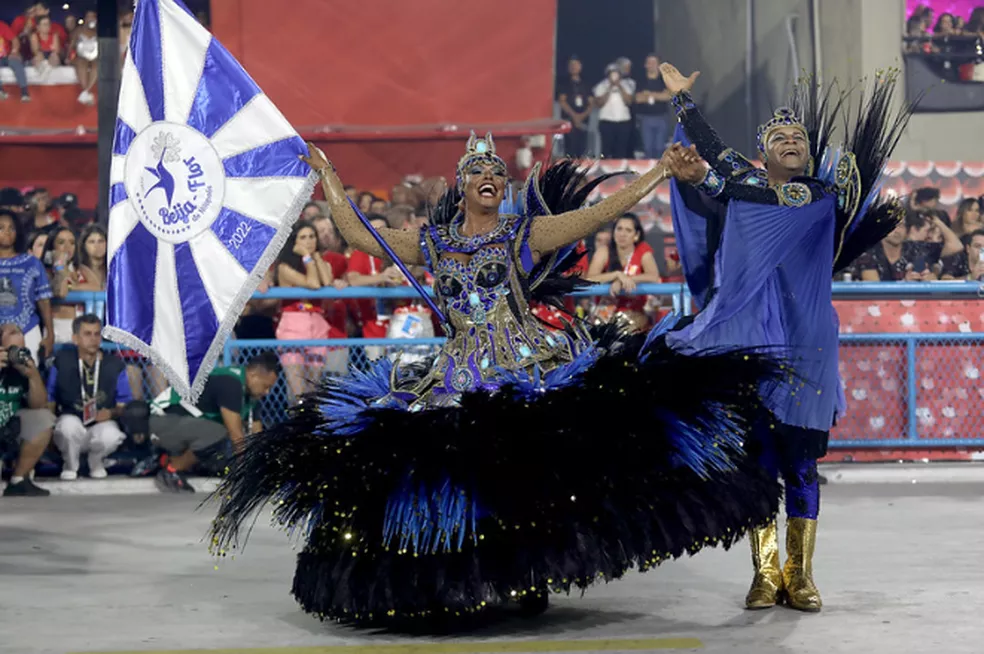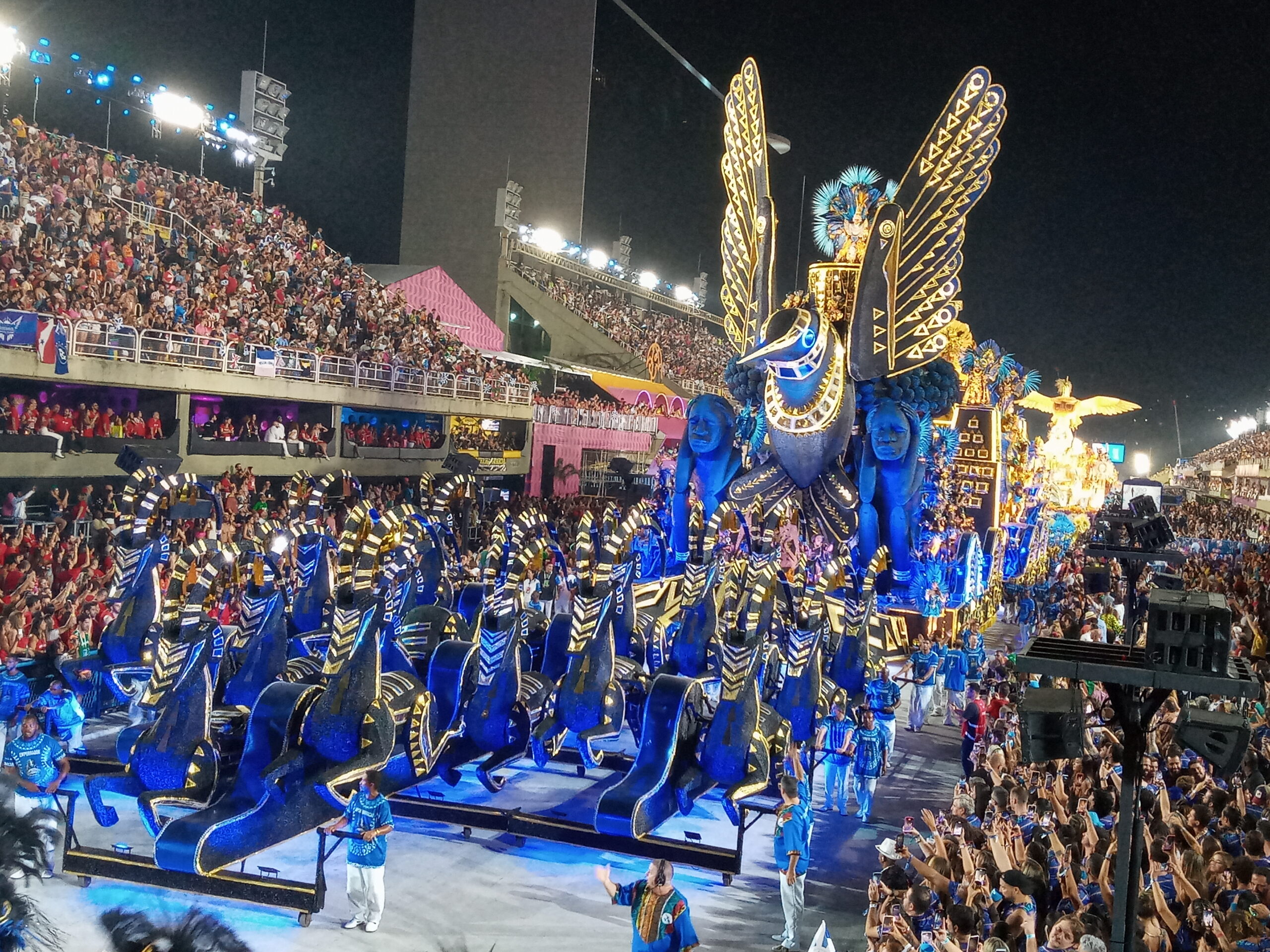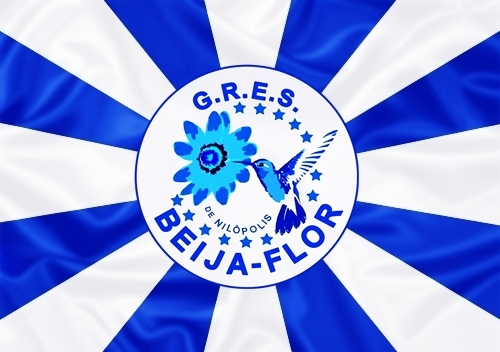- Your cart is empty
- Continue Shopping
Acadêmicos do Cubango






Plot 2022
- Carnivalesque: Raphael Torres and Alexandre Rangel
- Carnival Director:–
- Director of Harmony:-
- Interpreter:-
- Drum Master:-
- Drum Queen:-
- Master of Ceremonies:-
- Flag Bearer:-
- Front Committee: Patrick Carvalho
- 2022 Parade
- Parade position:
- 5th to parade on Friday (21/02/2022)
- between 01:00 – 01:45
Synopsis
“I was born in the city of São Salvador, capital of the province of Bahia, in a two-story house on Rua do Bângala, forming an internal angle, in the ravine, on the right side of the churchyard of Palma, in the parish of Sant'Ana, on June 21, 1830, at 7 o'clock in the morning, and I was baptized, 8 years later, in the main church of Sacramento, in the city of Itaparica.
I am the natural son of a black, free African woman from Costa Mina (Nagô de Nação) named Luiza Mahin, a pagan, who always refused baptism and Christian doctrine.
My mother was short, thin, pretty, her skin color was a deep black and dull, her teeth were as white as snow, she was very haughty, temperamental, insufferable and vengeful.
She was involved in commerce – she was a very hard-working greengrocer, and more than once, in Bahia, she was arrested as a suspect of involvement in plans for slave insurrections, which were unsuccessful.
She was very active. In 1837, after Dr. Sabino’s Revolution in Bahia, she came to Rio de Janeiro and never returned. I looked for her in 1847, 1856 and 1861 at the Court, but I couldn’t find her. In 1862, I learned from some black men from Minas who knew her and who gave me certain signs that she, accompanied by some rowdy gangsters, had been imprisoned in a “house of fortune” in 1838; and that both she and her companions had disappeared. It was the opinion of my informants that these “mutineers” were thrown out by the government, which at that time dealt harshly with free Africans, who were considered troublemakers. I could find out nothing more about her…
My father, I dare not say that he was white, because such statements in this country constitute a grave danger in the face of the truth, with regard to the delicate presumption of human colors: he was a nobleman; and belonged to one of the main families of Bahia, of Portuguese origin. I must spare his unfortunate memory a painful insult, and I do so by hiding his name... He squandered a good inheritance and, reduced to extreme poverty, sold me as a slave..."
(Excerpts from the letter from Luiz Gama to Lúcio de Mendonça, dated 07/25/1880.)
African Roots
Luiz Gama takes from his maternal roots – Luiza Mahin – the revolutionary and rebellious spirit in the fight against slavery. A black and African woman, she was born free on the Mina Coast, where she belonged to the Nagô nation, of the Mahin tribe, originally from the Bight of Benin, northwest Africa, where a large part of the blacks shipped to be sold for slave labor in the Province of Bahia came from.
Daughter of African kings, Princess Luiza Mahin was violently torn from her tribe and transported to Brazil as a slave, where she was an important element in the conspiracies of black people oppressed by the slave regime.
The Slave Uprisings
The Bahian uprisings were part of the world of Luiz Gama, who spent his childhood in an environment surrounded by the resistance of a people who bravely fought for their freedom. His strong personality took shape and strength in those circumstances, in which the creation of bonds of solidarity between free blacks and slaves from various African nations were the ordering elements of coexistence between them.
During the first decades of the 19th century, several slave rebellions broke out in the province of Bahia. The most important of these was the Malê Revolt, which took place in the city of Salvador in January 1835. It was led by black Africans, especially the Malês, a term originating from the word Imalê in the Yoruba language, which means Muslims of the Nagô ethnic group. Their main objective was to free black people from their condition as slaves and to end the imposition of Catholicism. They also wanted to overthrow the imperial government in order to establish an Islamic republic.
The revolt lasted less than a day and entered the history of the resistance of the black people who wrote these pages with their blood.
Her home in Bahia became one of the strongholds of the leaders of the great revolt of 1835. No one knows her end. But her name remains in history and legend as a great symbol of the value of black women in Brazil.
Slave labor
“In us, even color is a defect.
An unforgivable birth defect, the stigma of a crime. But our critics forget that color is the source of wealth for thousands of thieves who insult us; that this conventional color of slavery, so similar to earth, shelters, beneath its dark surface, volcanoes where the sacred fire of freedom burns…” (Luiz Gama)
For a long time, sugar cane was the main export product of the colonial economy of the Bahian Recôncavo region, generating immeasurable wealth for the great sugar mill owners, a consolidated white elite in the region who became rich through inhumane slave labor, the predominant workforce on the large estates.
Slaves were used in a wide range of jobs, such as gold and diamond mines, cotton plantations, coffee farms, domestic work and urban work: slaves for hire and slaves for hire; in general, the more specialized the job was considered, the higher the price of the enslaved worker. Many were hired out and others worked for themselves, being forced to pay their masters a day's wages.
There were free blacks who were born here and remained free, others managed to buy their own freedom with the earnings from their work and some had to prove in court that they were born free but were wrongly enslaved. Luiz Gama, paradoxically, lived these harsh realities.
The fight for freedom
Luiz Gama was one of the most emblematic figures in the abolitionist struggle in Brazil. He managed, with great sacrifice, to study and even attended law classes at Largo de São Francisco, in São Paulo; as a lawyer who did not complete his law degree, he was responsible for the freedom of more than 500 enslaved black people. His legal defenses were based on the laws in force, which were repeatedly violated, and also on his own arguments to justify his legal cases: “A slave who kills his master is committing an act of self-defense.” (Luiz Gama)
His actions in abolitionist causes were not based solely on the field of Law. He was a journalist, literary figure, speaker and writer, earning him the title of Patron of the Abolition of Slavery in Brazil.
Poet Luiz Gama published the book Primeiras Trovas Burlescas in 1859, which was a collection of lyrical poems and political and social criticisms. In one of his poems, entitled “Quem sou eu” (Who am I), better known as Bodarrada, he exposed the prejudice against color in Brazilian society. It was written in response to the nickname goat that white intellectuals of the time tried to impose on black people: “If I am black, or if I am a goat, It doesn’t matter. What can this mean? There are goats of all kinds, Since the species is very vast… There are gray ones, there are striped ones, Bay ones, pampas ones and spotted ones, Black goats, white goats, And, let’s be frank, Some commoners and others noble, Rich goats, poor goats, Wise goats, important ones, And also some scoundrels… Here, in this good land, Everyone brawls, everything screams; Noble counts and duchesses, Rich ladies and marchionesses, Deputies, senators, Gentlemen, deer; Beautiful ladies with their struts, Of bloated nobility;… Friars, Bishops, Cardinals, Imperial braggarts, Poor people, noble people,… In everyone there are my relatives… Everything brawls; everything screams…” (Luiz Gama)
In the 1860s, he began his career as a journalist with the caricaturist Ângelo Agostini, in the capital of São Paulo. In 1864, they founded the first illustrated humorous newspaper, mercilessly satirizing public figures, entitled Diabo Coxo. The press was another tool used by Gama in support of the abolitionist and republican causes in Brazil. He was one of the rare black intellectuals of the 19th century, the only self-taught person to have experienced captivity; he based his life on defending the freedom of the oppressed and the conquest of the Republic. His unique career and close ties to the Law earned him recognition from the Brazilian Bar Association and led the Federal Council and the São Paulo Section of the Order to confer upon him the posthumous title of “Professional of Law”, even 150 years after his brilliant work as a lawyer.
GRES Acadêmicos do Cubango rescues in the figure of Luiz Gama, the anti-racist struggle, the construction of a better country and an egalitarian society singing THE VOICE OF FREEDOM!
School Titles
1989
Champion
1990
Champion
1991
Champion
1990
Champion
Technical Sheet
- Foundation: 17/12/1959
- Colors: Green white
- President: Roger Belisario
- Honorary President: Roger Belisario
- Block: Berta Lutz Street, 80 – Sao Conrado – RJ
- Essays: ?????????
- Shed:Admiral Mariath Street, 03
- Website:http://www.rocinha.org/
- academicosdarocinha
- Press: ?????????
The History of Cubango
The participation of the “Academia Cubango” in the Niterói parades began in 1960 when it won its fourth championship in a group called “Academias”, a sort of second carnival group, with the theme “Sonho das Esmeraldas”. Its first president was the samba artist Ney Ferreira, who also worked as a carnival designer until 1966.
In the 1964 carnival it made its debut among the schools of the first group and began to be called by its current name. This year it won second place with the theme “Maurício de Nassau”.
Its first title in the elite of the Niterói carnival occurred in 1967 with the theme “O Brasil pintado por Debret”. But it was in 1972 that the school consecrated itself with the theme “Um rei Congo Sabará” (A Congo Sabará King), an Afro-style theme, which became the most neglected by the school from then on.
In 1975, Cubango paraded on Amaral Peixoto Avenue with the theme “Folklore: wealth of the Northeast” and emerged champion. This championship was the first in a sequence of five titles. In 1979, with the theme “Afoxé”, Cubango consolidated its empire in the Niterói carnival. In the 1970s, they won seven out of ten titles. Their greatest rivalry was with Unidos do Viradouro.
In the 1980s, along with Unidos do Viradouro, the school left the Niterói carnival and began parading in the Rio de Janeiro carnival. At that time, the Niterói carnival was facing a financial crisis and would cease to exist in the 1990s. In 1986, in its first year in the Rio parade, Cubango was the champion of Group IV, thus gaining the right to move up to Group III. In 1992, with the theme “Black I want you black”, it reached Group I.
In 2004, the school that participated in Group A, surprised when it was pointed out for relegation by the media, and obtained an honorable fifth place.
For the 2009 carnival, the school's management decided to re-edit the theme "Afoxé", a samba that gave the school its 14th title in the Niterói carnival, by carnival designers Sérgio Silva and Léo Moraes, with Samantha Schmütz as the drum queen. The school returned to Group A, winning together with Unidos de Padre Miguel. The following year, with the theme "Os loucos da praia chamada saudade", by Milton Cunha, it finished in 9th place.
For the 2011 carnival, the school brought in performers David do Pandeiro, who a few months later agreed to return to Santa Cruz, and Igor Vianna, who was at the school in the west zone, who became the school's official performer. In addition, it brought back carnival designer Jaime Cezário and queen Juliane Almeida. The theme will be "Emotion is in the air", which will address the history of humanity through various emotions felt by man. The school put on a perfect parade, but what was seen did not contrast with the parade, which outraged the school's president, who once again did not respond to the LESGA board regarding the result. The school was punished by the entity for once again disagreeing with the result. In 2012, the school chose a theme honoring Barão de Mauá, with a trio as official performers, formed by Sereno, Marcelo Guimarães and Hugo Júnior. The school finished in 4th place.

